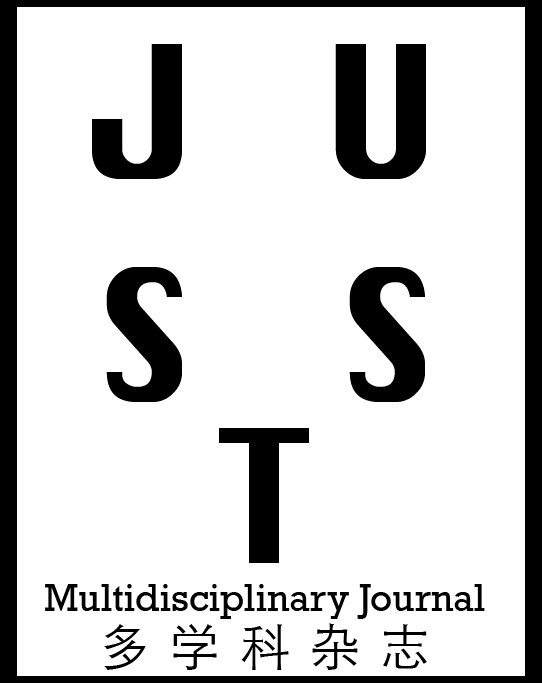When two dissimilar or similar materials are joined using friction plug welding (FPW), there is no need for external heat or for the materials to be in their molten condition. Friction welding is more of a forgery than a genuine fusion welding procedure because no melting occurs during the operation. It is possible to increase the efficiency of joints by interpolating heat sources or preheating the work piece surface. When determining the generation of heat flux at the mean surface, the friction coefficient must be taken into consideration as well. The breadth of the land can be changed by varying the diameter of the plug and observing how this affects the temperature distribution. It is possible to calculate the influence of pre-heating by applying mathematical and analytical models. When different plug diameters and pre-heating temperatures were used, the temperature distribution values throughout the work piece were calculated for temperatures ranging from 2500C to 5500C.
The effects of temperature history controls on joint microstructures, hardness distributions, and tensile qualities were investigated.
Using a non-consumable tool, frictional heat is generated between the abutting surfaces during the procedure. Among other things, welding features such tool rotational speed, welding speed, axial force, and tool pin profile, among other things, have a considerable impact on the determination of joint strength. An attempt was made to develop an empirical link between FPW parameters in order to estimate the tensile strength of friction plug welding.
